Home>Garden Essentials>How Big Can The HTC Vive Play Area Be
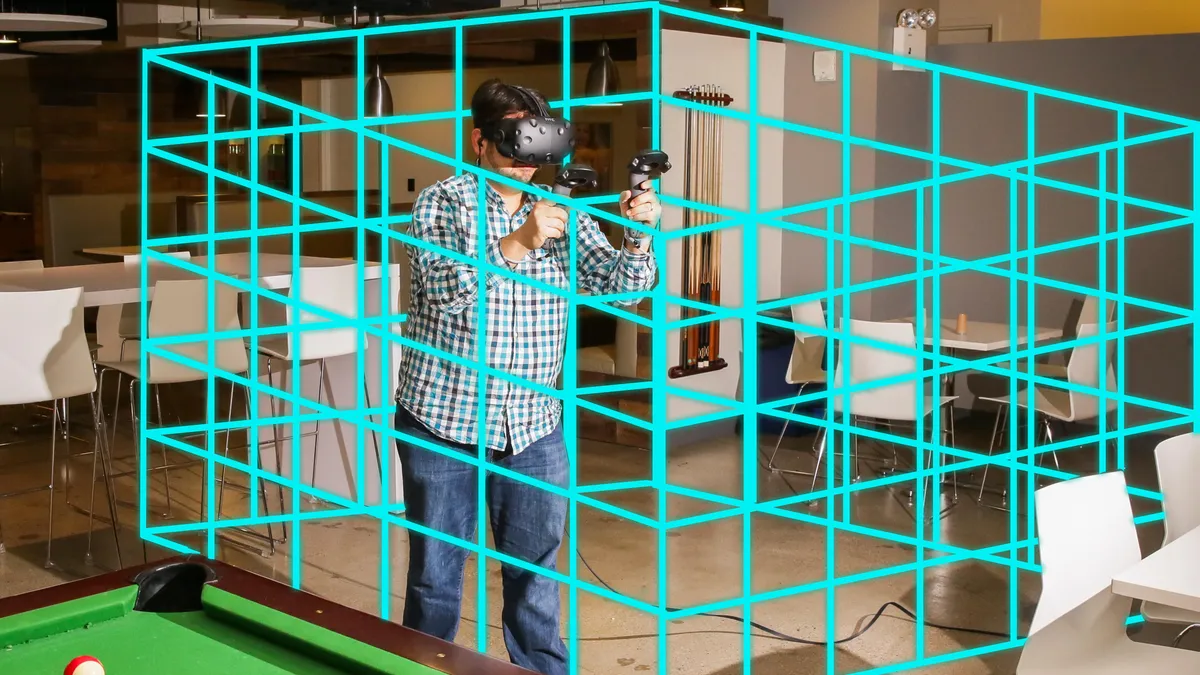

Garden Essentials
How Big Can The HTC Vive Play Area Be
Modified: March 24, 2024
Discover how big your virtual garden can be with the HTC Vive! Immerse yourself in a limitless play area and explore the possibilities of gaming in an expansive virtual world.
(Many of the links in this article redirect to a specific reviewed product. Your purchase of these products through affiliate links helps to generate commission for Storables.com, at no extra cost. Learn more)
Introduction
Welcome to the world of virtual reality! The HTC Vive has revolutionized the way we experience games and immersive content. With its cutting-edge technology and advanced tracking capabilities, the HTC Vive allows users to step into a virtual world like never before. One of the key features that sets the HTC Vive apart is its ability to create a play area that mimics our physical surroundings, allowing for an even more immersive VR experience.
In this article, we will delve into the topic of the HTC Vive play area and explore the factors that determine its size. We will also discuss the recommended room dimensions and ways to expand the play area beyond the recommended limits, as well as ways to overcome any potential limitations. So, if you’re ready to dive into the virtual world and unleash your inner gamer, let’s get started!
Key Takeaways:
- The HTC Vive play area size is influenced by tracking technology and physical space. For optimal VR experience, aim for a larger play area to enjoy freedom of movement and immersion.
- To expand the HTC Vive play area, clear space, optimize base station placement, consider wireless adapters, and incorporate additional base stations. Overcoming limitations involves safety measures and adjusting VR experiences.
Read more: How To Change Play Area On HTC Vive
The HTC Vive: An Overview
The HTC Vive is a leading virtual reality (VR) headset that provides an incredible level of immersion and interactivity. Developed in collaboration with Valve Corporation, the HTC Vive offers a combination of high-resolution displays, precise motion tracking, and ergonomic design to create a truly captivating VR experience.
The headset itself consists of two OLED displays, one for each eye, with a combined resolution of 2160 x 1200 pixels. This results in a clear and vibrant visual experience, bringing virtual worlds to life with stunning visuals and rich colors.
What truly sets the HTC Vive apart is its room-scale tracking technology. Using a system of base stations, the HTC Vive can track the position of the headset and controllers in a three-dimensional space, allowing users to move around and interact with their surroundings in virtual reality. This creates an unparalleled level of immersion, as users can physically walk, bend, and reach out within the virtual environment.
In addition to the tracking technology, the HTC Vive also features intuitive handheld controllers. These controllers are equipped with motion sensors and buttons, allowing users to interact with objects and navigate through virtual worlds with ease. The realistic haptic feedback further enhances the sense of presence, making virtual objects feel tangible and responsive to touch.
Furthermore, the HTC Vive is compatible with a wide range of VR content, including games, simulations, educational experiences, and more. The SteamVR platform provides a vast library of VR titles to choose from, ensuring that there is something for everyone’s interest or preference.
Overall, the HTC Vive offers a truly immersive and interactive VR experience. With its advanced technology and versatile capabilities, it has become a popular choice among both casual gamers and VR enthusiasts alike.
Understanding the Play Area
The play area, also known as the “VR playground,” refers to the physical space in which you can move and interact with virtual objects while wearing the HTC Vive headset. This feature takes virtual reality to a whole new level by allowing users to explore and navigate virtual environments using natural movement.
When using the HTC Vive, you have the freedom to walk, crouch, and even jump within the play area. The headset and controllers are tracked by the base stations, which accurately detect your movements and translate them into the virtual world.
It’s important to note that the available play area can vary depending on the size of your physical space and the positioning of the base stations. The larger the play area, the more freedom you have to move around and fully immerse yourself in the virtual world.
However, it’s also worth considering the potential limitations and safety precautions when setting up your play area. Clearing any obstacles or fragile objects from the play space is essential to avoid accidents or damage. Additionally, it’s recommended to have a clear boundary marker or mat on the floor to help you stay within the designated play area.
The play area is an integral part of the HTC Vive experience as it enables users to physically engage with virtual content and enhances the overall sense of immersion. By understanding the play area and its potential limitations, you can make the most out of your VR experience while ensuring safety and comfort.
Factors Determining the Play Area Size
The size of the play area for your HTC Vive is influenced by several factors, including the tracking technology, the positioning of the base stations, and the available physical space in your environment. Understanding these factors can help you determine the optimal play area size for your VR setup.
1. Tracking Technology: The HTC Vive utilizes a system of base stations that emit laser beams to track the position of the headset and controllers. The accuracy and range of the tracking depend on the base stations’ placement and the line of sight between the base stations and the tracking devices. For optimal tracking, it’s essential to position the base stations in a way where they have a clear line of sight to the entire play area.
2. Physical Space: The available physical space in your environment will determine the maximum size of your play area. It’s important to have enough room to move around comfortably without any obstacles or potential hazards. The recommended minimum play area size for the HTC Vive is 6.5 feet by 5 feet (2 meters by 1.5 meters), but larger spaces allow for more freedom of movement.
3. Base Station Placement: To achieve accurate tracking, the base stations need to be mounted or positioned in opposite corners of the play area. Mounting the base stations on walls or using dedicated stands can provide optimal coverage and minimize interference. It’s important to ensure that the base stations are firmly secured and properly aligned to maximize tracking accuracy.
4. Reflective Surfaces: Reflective surfaces, such as mirrors or glass, can interfere with the base station tracking. The laser beams emitted by the base stations may bounce off these surfaces, resulting in tracking inaccuracies. To minimize interference, it’s recommended to cover or remove any reflective surfaces within the play area.
By considering these factors, you can determine the ideal size for your HTC Vive play area. It’s important to strike a balance between having enough physical space for unrestricted movement and ensuring optimal tracking accuracy for a seamless VR experience.
When setting up your HTC Vive play area, make sure to use the maximum recommended space of 15 feet by 15 feet for the best experience. This will give you plenty of room to move around and fully immerse yourself in virtual reality.
Recommended Room Size for HTC Vive
When setting up your HTC Vive play area, it’s crucial to consider the recommended room size to ensure an optimal VR experience. While the actual play area can vary depending on personal preference and available space, there are some general guidelines to follow for the best results.
The minimum recommended play area size for the HTC Vive is 6.5 feet by 5 feet (2 meters by 1.5 meters). This provides enough room for basic movements such as stepping side to side, reaching out, and crouching. However, if you have the space, it’s highly recommended to aim for a larger play area to fully enjoy the immersive VR experience.
An ideal room size for the HTC Vive is about 10 feet by 10 feet (3 meters by 3 meters). This size allows for more freedom of movement, including walking around and exploring virtual environments. With a larger play area, you can fully immerse yourself in the virtual world and engage in more physical interactions with virtual objects.
It’s important to ensure that the play area is clear of any obstacles or fragile objects that could be accidentally bumped into or knocked over while immersed in virtual reality. It’s also a good idea to mark the boundaries of the play area, either with a designated mat or virtual boundaries set within the VR software, to help you stay within the designated space.
Keep in mind that the layout and shape of your room can also impact the play area. Rectangular or square-shaped rooms are generally more suitable for creating a larger play area, as they provide more linear space for movement. However, even if you have an irregularly shaped room or limited space, you can still enjoy the HTC Vive by optimizing the available area and adjusting the base station placement accordingly.
Ultimately, the recommended room size for the HTC Vive is a guideline, and it’s up to you to customize the play area to fit your specific needs and space limitations. As long as you have enough room to move around comfortably and ensure optimal tracking, you can create an immersive VR space that will transport you to new virtual worlds.
Read more: How To Set Up Play Area With Vive
Expanding the Play Area
If you’re looking to expand your HTC Vive play area beyond the recommended room size, there are a few options and considerations to keep in mind. Expanding the play area allows for even more freedom of movement and immersion in virtual reality. Here are some ways to expand your play area:
1. Clear the Space: Begin by clearing out any unnecessary furniture or objects from the room to create more open space. The more unobstructed space you have, the larger your play area can be.
2. Base Station Placement: Optimize the placement of your base stations to maximize the tracking coverage. Ideally, mount the base stations higher up on the walls or use dedicated stands to increase the tracking range. Wider spacing between the base stations can also help expand the play area.
3. Wireless Adapters: Consider investing in a wireless adapter for the HTC Vive. This eliminates the need for tethering and allows for greater freedom of movement within the expanded play area. With wireless technology, you’re not limited by the length of the cable, giving you the flexibility to explore a larger space.
4. Multiple Base Stations: If you have additional base stations, you can incorporate them into your setup to expand the coverage area. By adding more base stations, you can ensure seamless tracking in a larger play area and reduce any blind spots.
5. Tracking Pucks: Another option for expanding the play area is to use tracking pucks. These small devices can be attached to objects or body parts to track movements within the expanded play area. This allows for more interactive experiences and opens up new possibilities for virtual interactions.
It’s important to note that when expanding the play area, you should always consider safety precautions. Make sure the play area is clear of any potential hazards or obstacles that could pose a risk while immersed in virtual reality. Additionally, be mindful of the tracking limitations and potential interference that may arise with a larger play area.
By following these tips and techniques, you can extend your HTC Vive play area and explore a larger virtual world. Whether it’s walking, running, or simply having more space to move around, expanding the play area enhances the immersive VR experience and allows you to fully immerse yourself in the virtual environment.
Overcoming Potential Limitations
While the HTC Vive offers an incredible VR experience, there are potential limitations that users may encounter. However, with some strategies and workarounds, you can overcome these limitations and optimize your HTC Vive play area. Here are some tips to help you overcome potential limitations:
1. Limited Physical Space: If you have limited physical space, there are a few things you can do to maximize your play area. Consider rearranging furniture or temporarily moving objects out of the way to create a larger open space. You can also try using smaller-scale experiences or games that are designed for smaller play areas.
2. Base Station Placement: Proper base station placement is vital for optimal tracking accuracy. Experiment with different positions and angles to ensure the best coverage of your play area. Mounting the base stations on adjustable stands can help you position them at the optimal height and angle, reducing tracking issues caused by occlusion.
3. Reflective Surfaces: Reflective surfaces, such as mirrors or glass, can interfere with the tracking of the HTC Vive. If you have reflective surfaces in your play area, try covering them or minimizing their impact by adjusting the base station angles or adding removable window coverings during VR sessions.
4. Wireless Adapter: If you find the tethered cable restricting your movement, consider investing in a wireless adapter for the HTC Vive. This allows you to move freely within the play area without being limited by the cable. However, be aware that the wireless adapter may introduce additional latency or require a separate power source.
5. Safety Measures: Safety should always be a priority when using virtual reality. To avoid accidents or injuries, make sure your play area is clear of obstacles and potential hazards. Consider using a designated mat or boundary system to help you stay within the boundaries of the play area and prevent collisions with walls or furniture.
6. Experiment with Virtual Reality Experiences: Not all virtual reality experiences require large play areas. There are plenty of seated or stationary VR games and experiences available that can still provide an immersive and enjoyable experience within a limited space. Experiment with different types of VR content to find what works best for your play area.
Remember, the HTC Vive offers a versatile and customizable VR experience. By adjusting various settings, optimizing your play area, and choosing the right VR content, you can overcome potential limitations and fully immerse yourself in the virtual world.
Conclusion
The HTC Vive offers an extraordinary virtual reality experience, and understanding and optimizing your play area is crucial to fully immerse yourself in the virtual world. By considering factors such as tracking technology, physical space, and base station placement, you can create an optimal play area size that allows for natural movement and interactions within VR.
While the recommended room size for the HTC Vive is a minimum of 6.5 feet by 5 feet (2 meters by 1.5 meters), larger play areas provide even more freedom and immersion. By expanding the play area through clearing space, adjusting base station placement, using wireless adapters, or incorporating additional base stations, you can take your VR experience to the next level.
However, it’s important to be aware of potential limitations and take necessary precautions. This includes considering safety measures, managing reflective surfaces, and finding workarounds for limited physical space. By being mindful of these factors and implementing appropriate solutions, you can overcome these limitations and enjoy a seamless VR experience.
Remember, the HTC Vive offers a wide range of VR content, from games to simulations and educational experiences. Whether you have a large or small play area, there’s something for everyone to enjoy. Experiment with different types of VR experiences to find what works best for your play area and personal preferences.
Overall, the HTC Vive has revolutionized the way we experience virtual reality by providing a highly immersive and interactive platform. By understanding the play area, optimizing its size, and adapting to potential limitations, you can unlock the full potential of the HTC Vive and embark on exciting virtual adventures. So, grab your headset, set up your play area, and get ready to explore the wonders of virtual reality!
Frequently Asked Questions about How Big Can The HTC Vive Play Area Be
Was this page helpful?
At Storables.com, we guarantee accurate and reliable information. Our content, validated by Expert Board Contributors, is crafted following stringent Editorial Policies. We're committed to providing you with well-researched, expert-backed insights for all your informational needs.
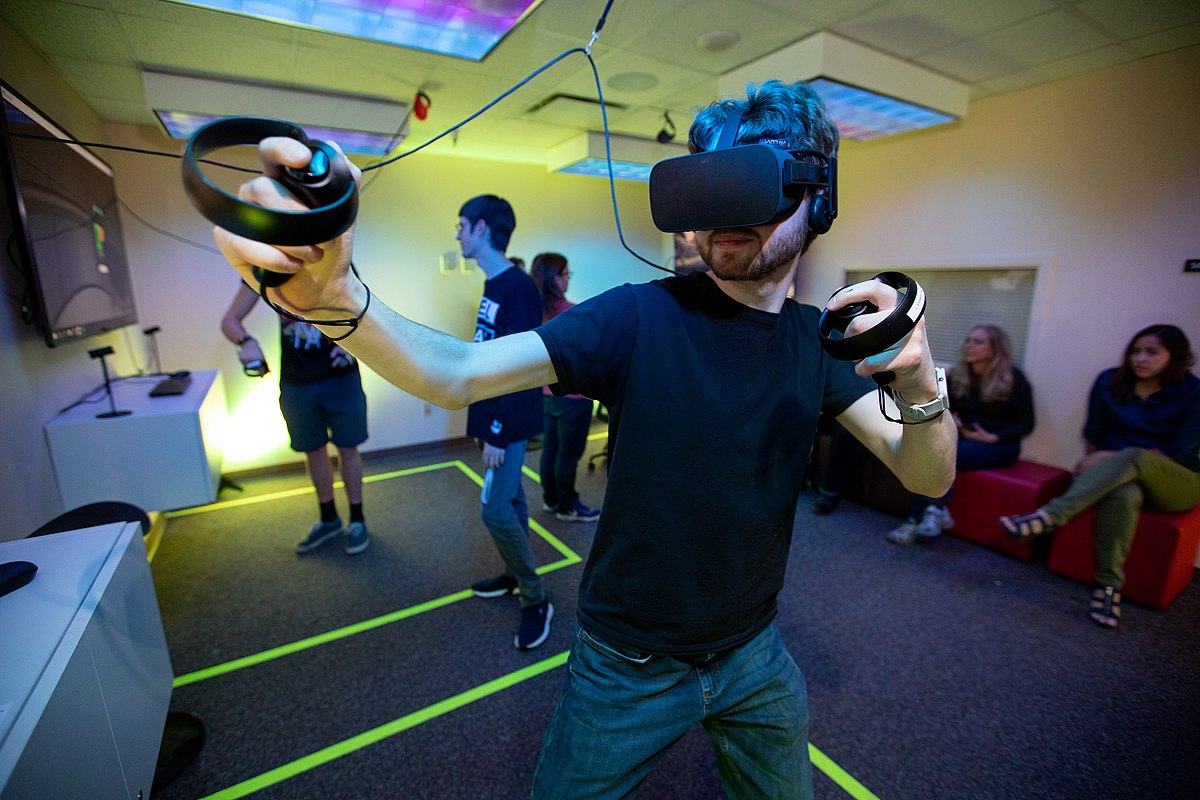
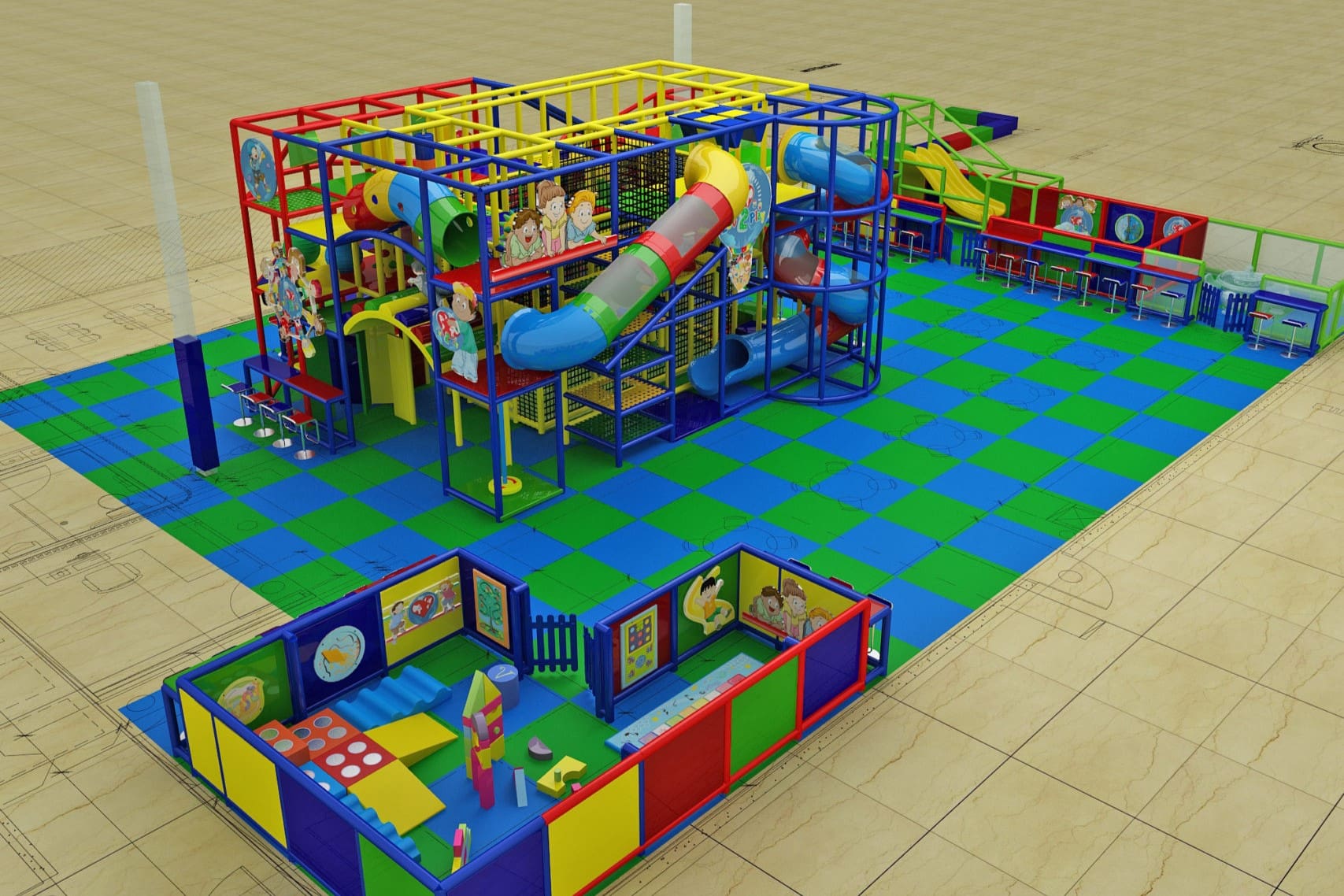
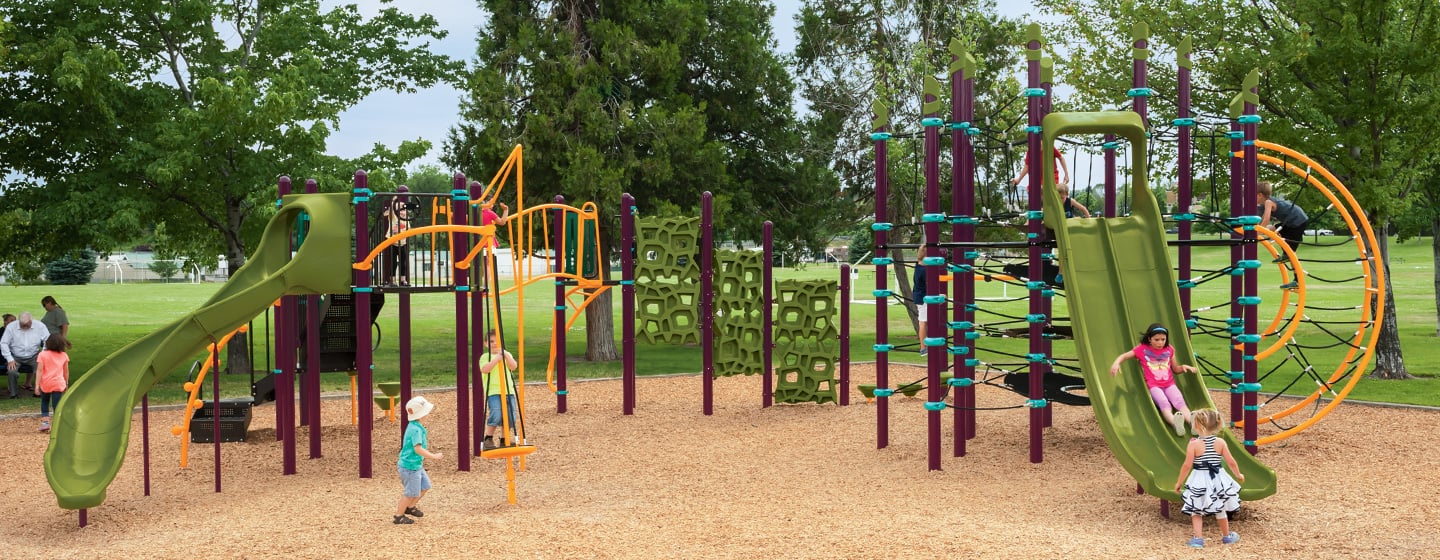
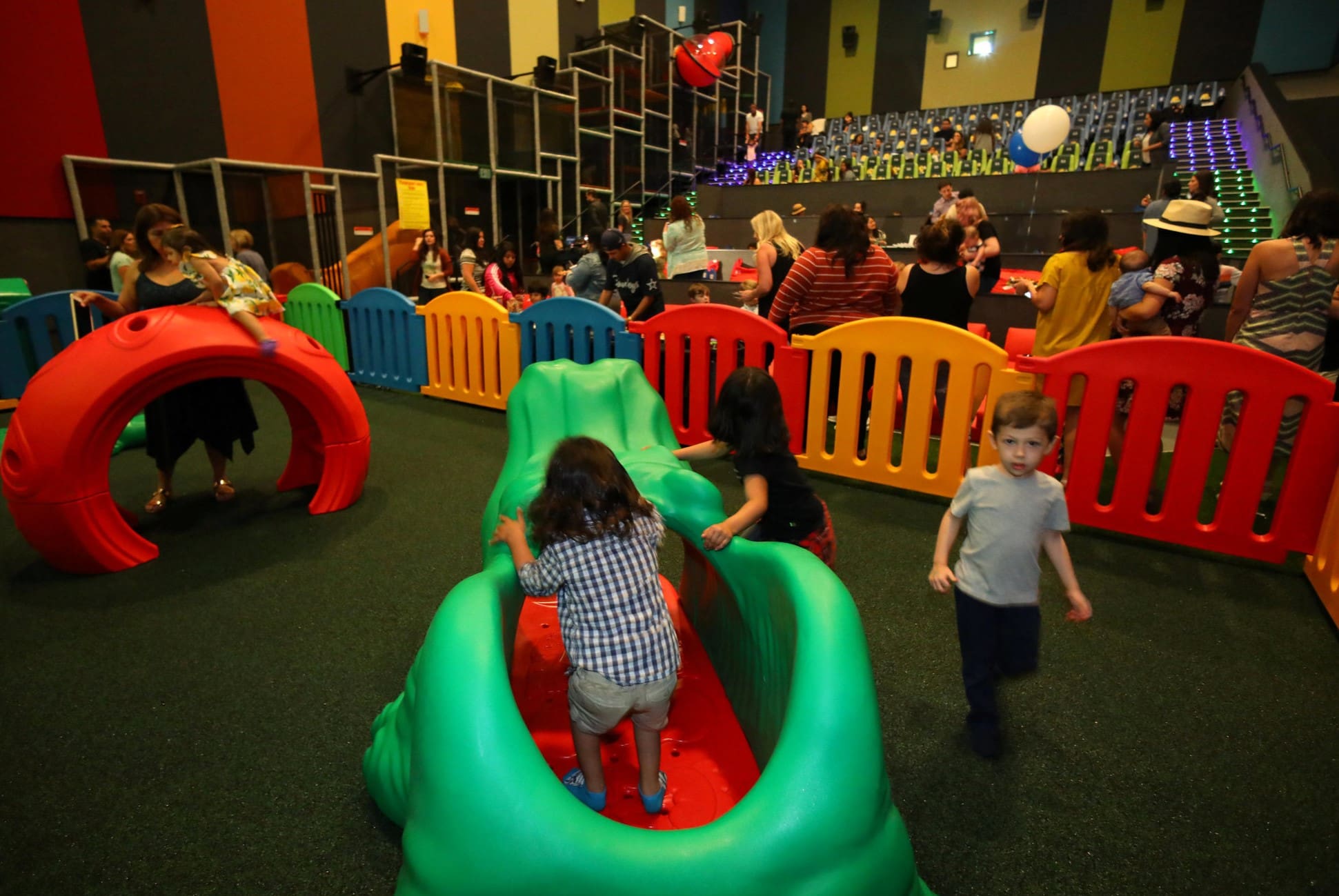
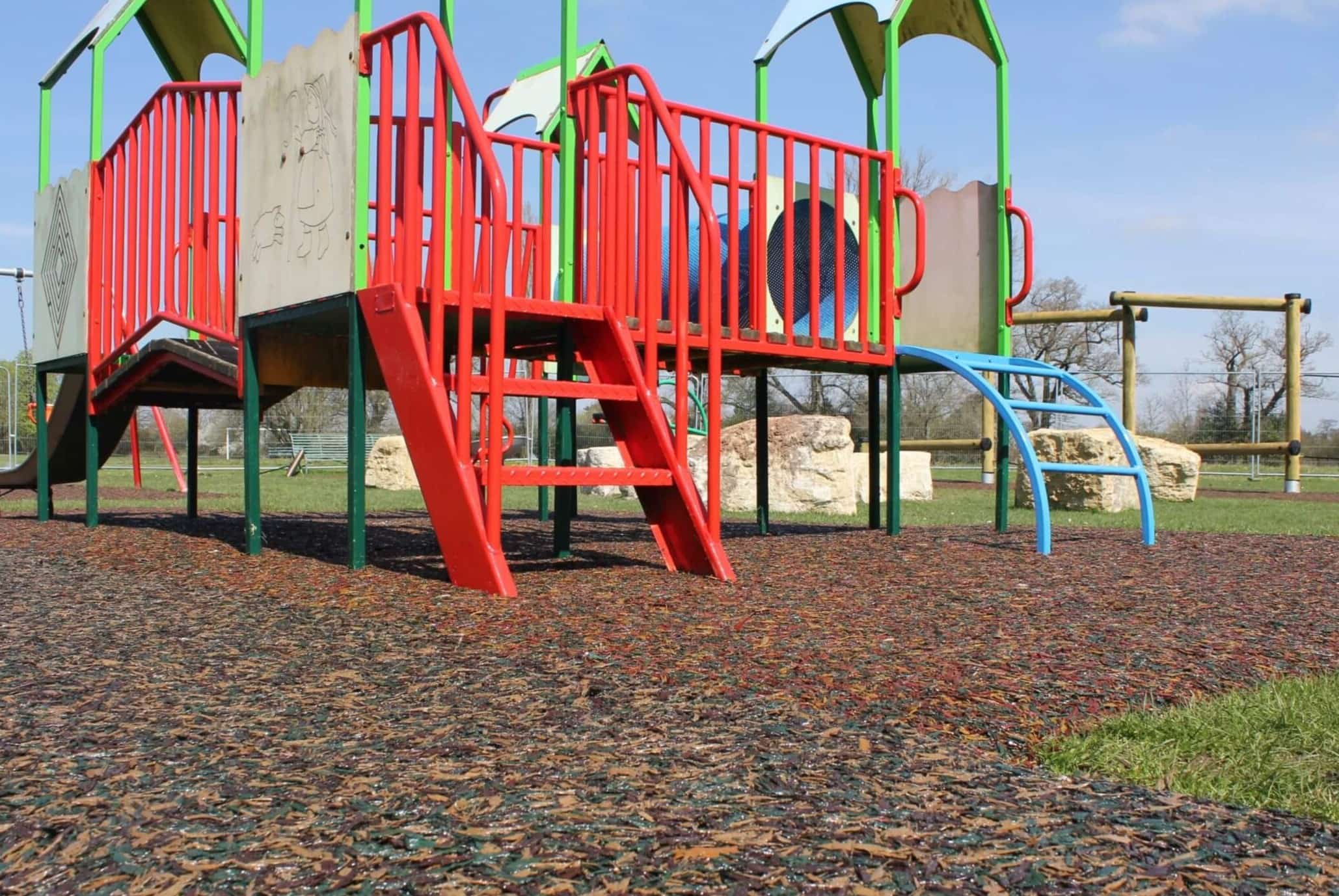
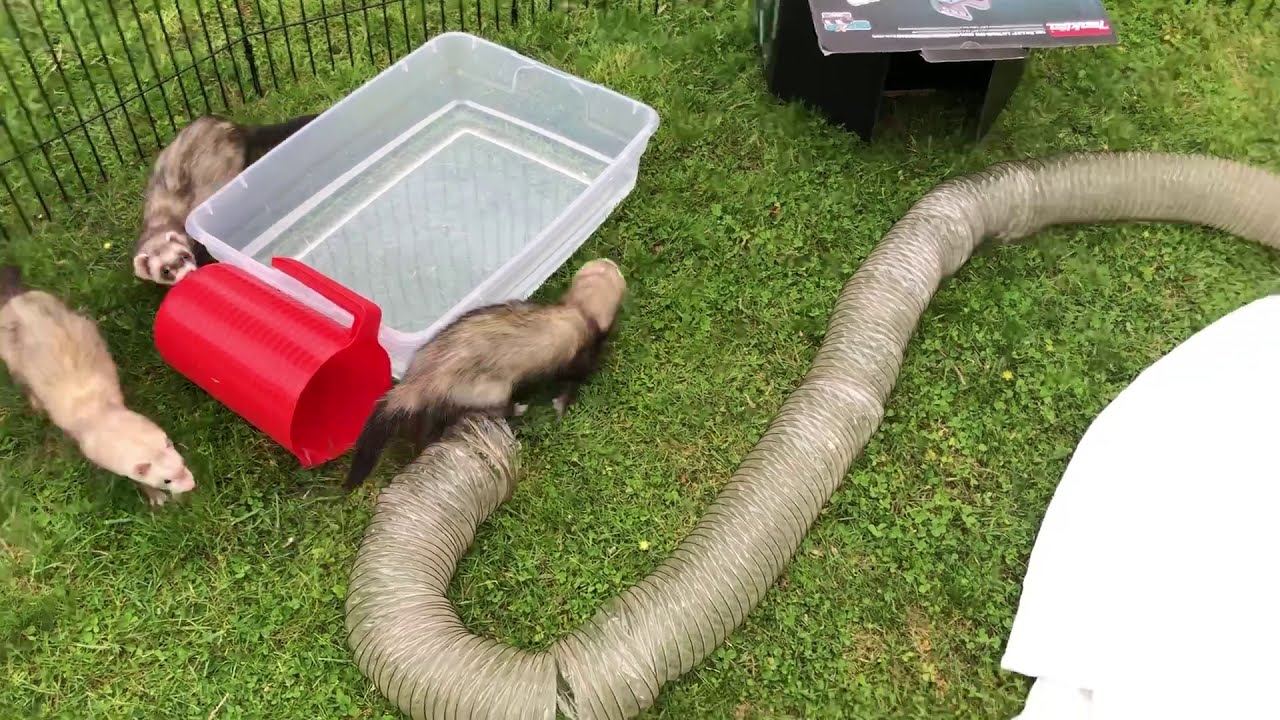
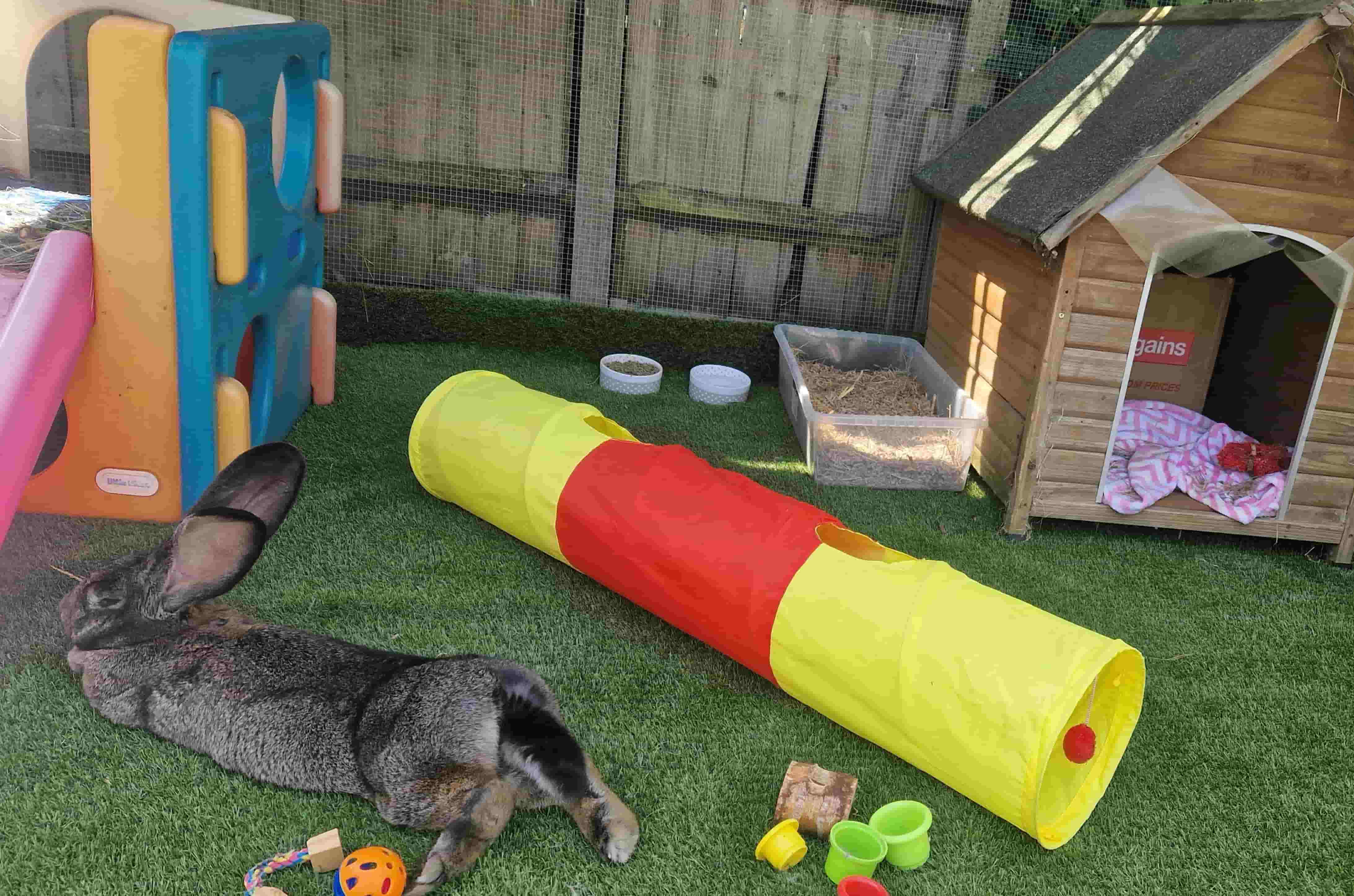
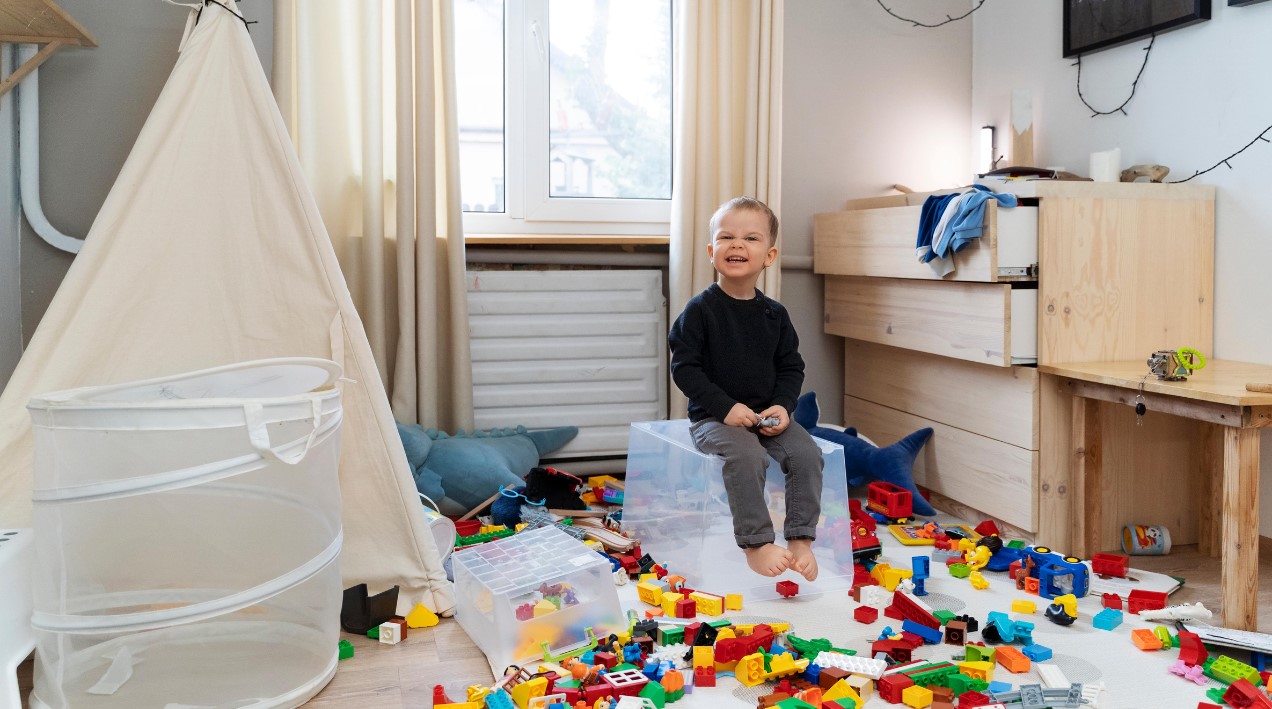

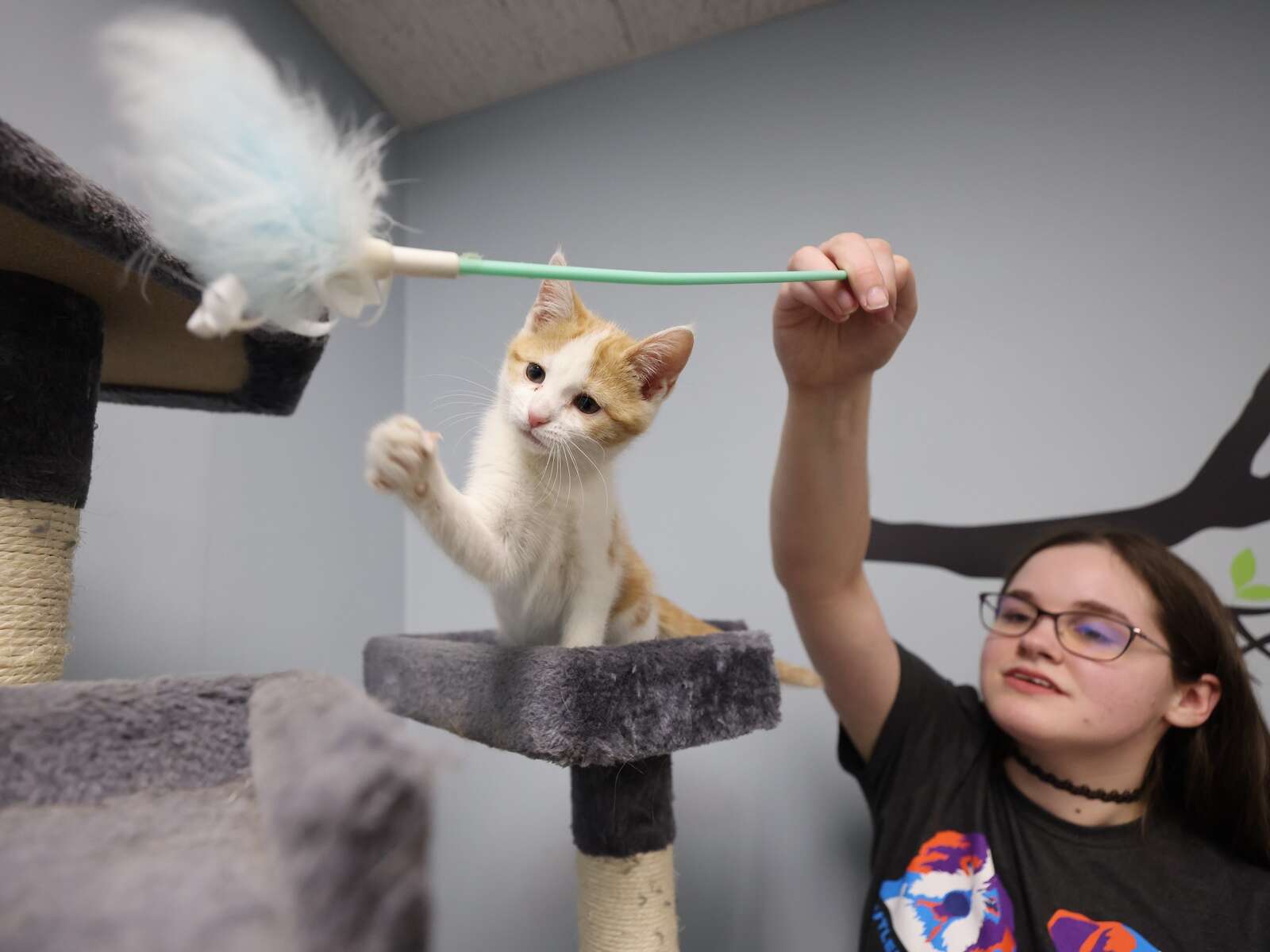

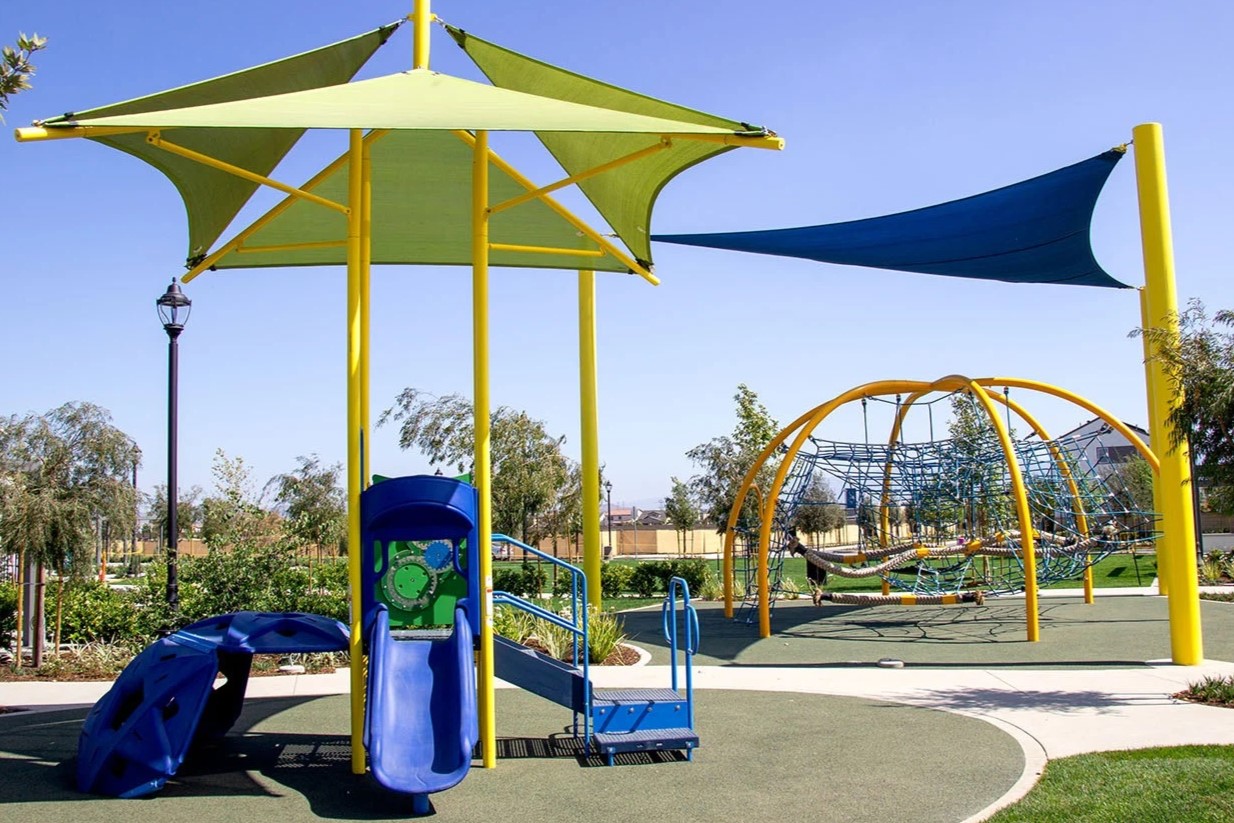
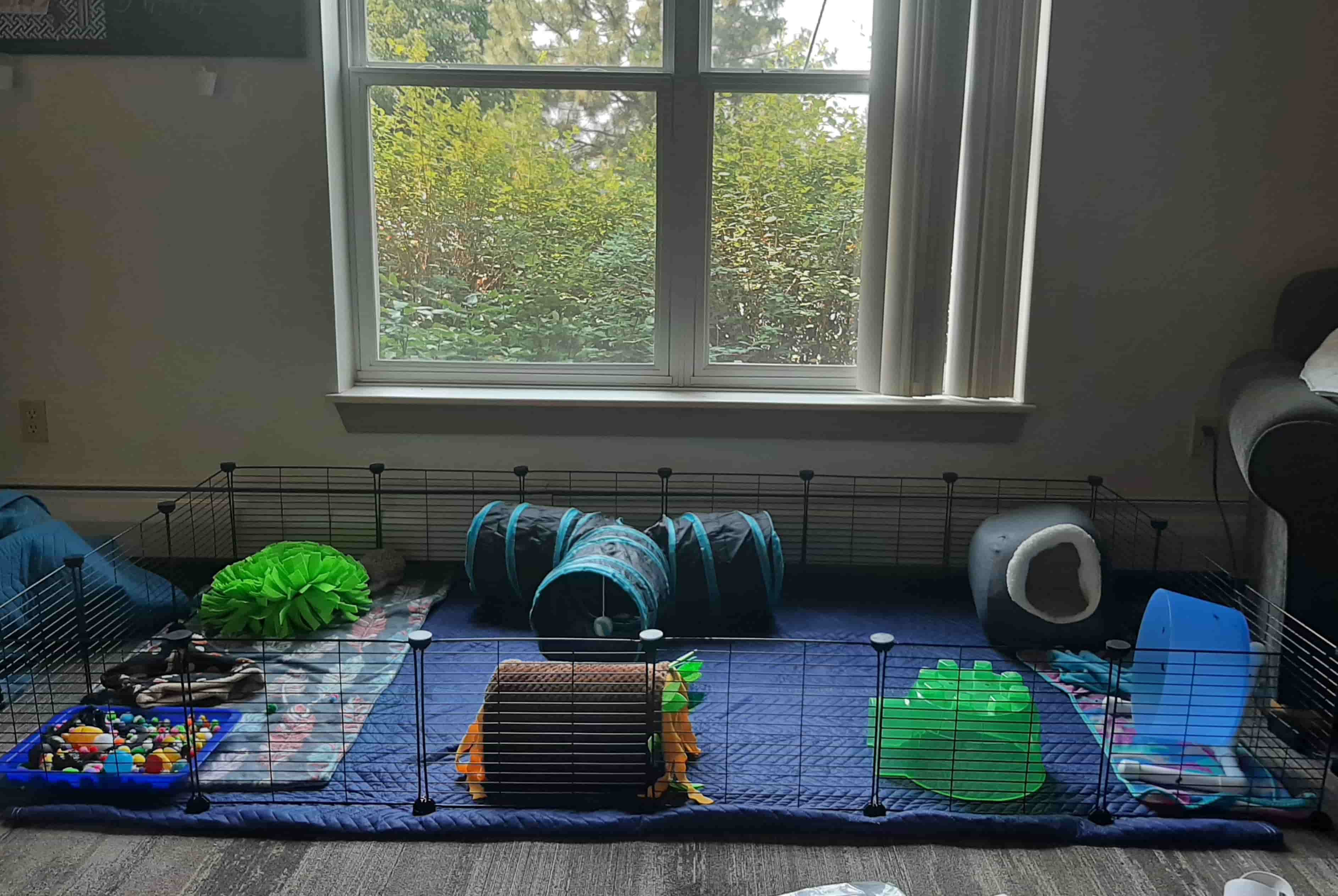
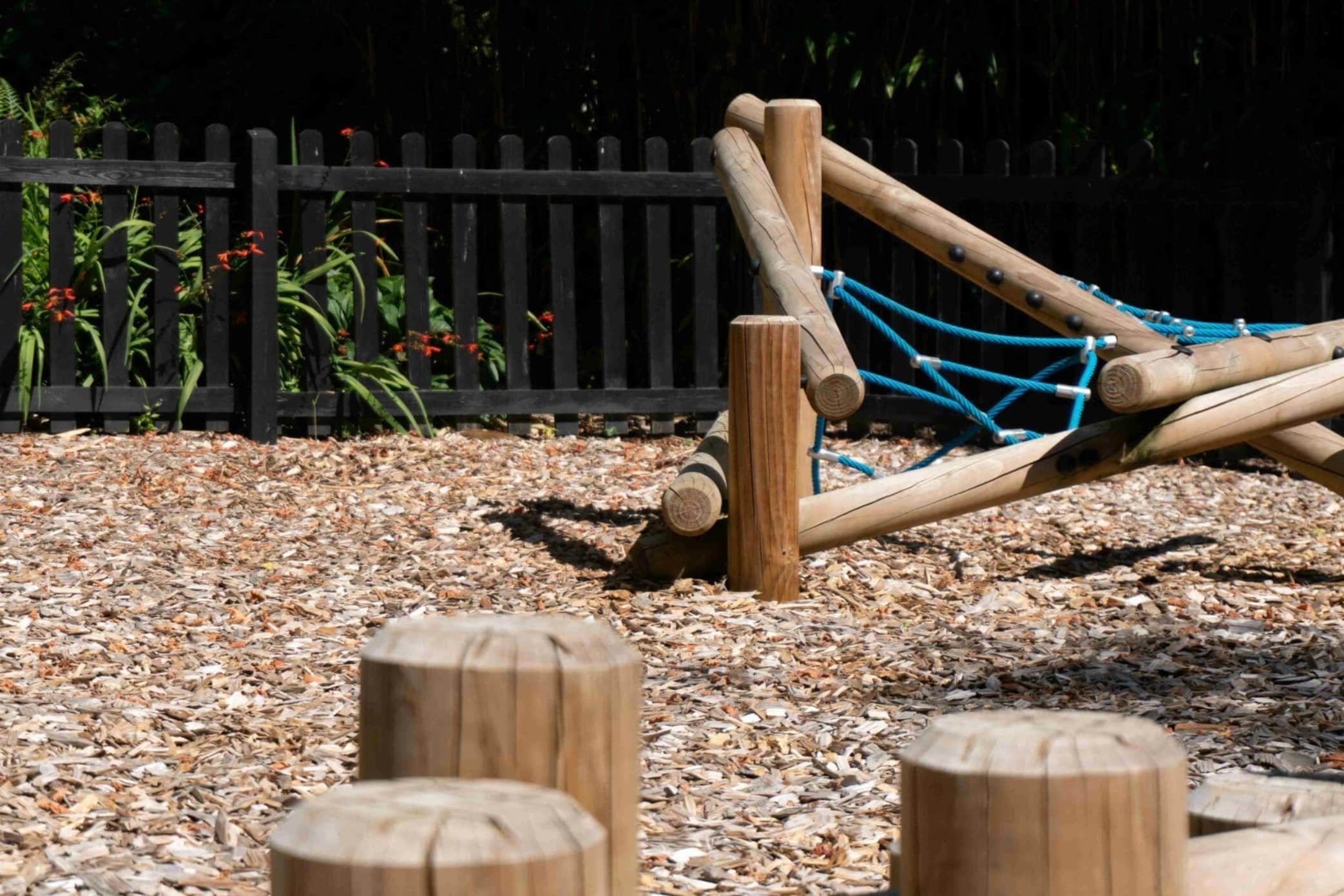

0 thoughts on “How Big Can The HTC Vive Play Area Be”